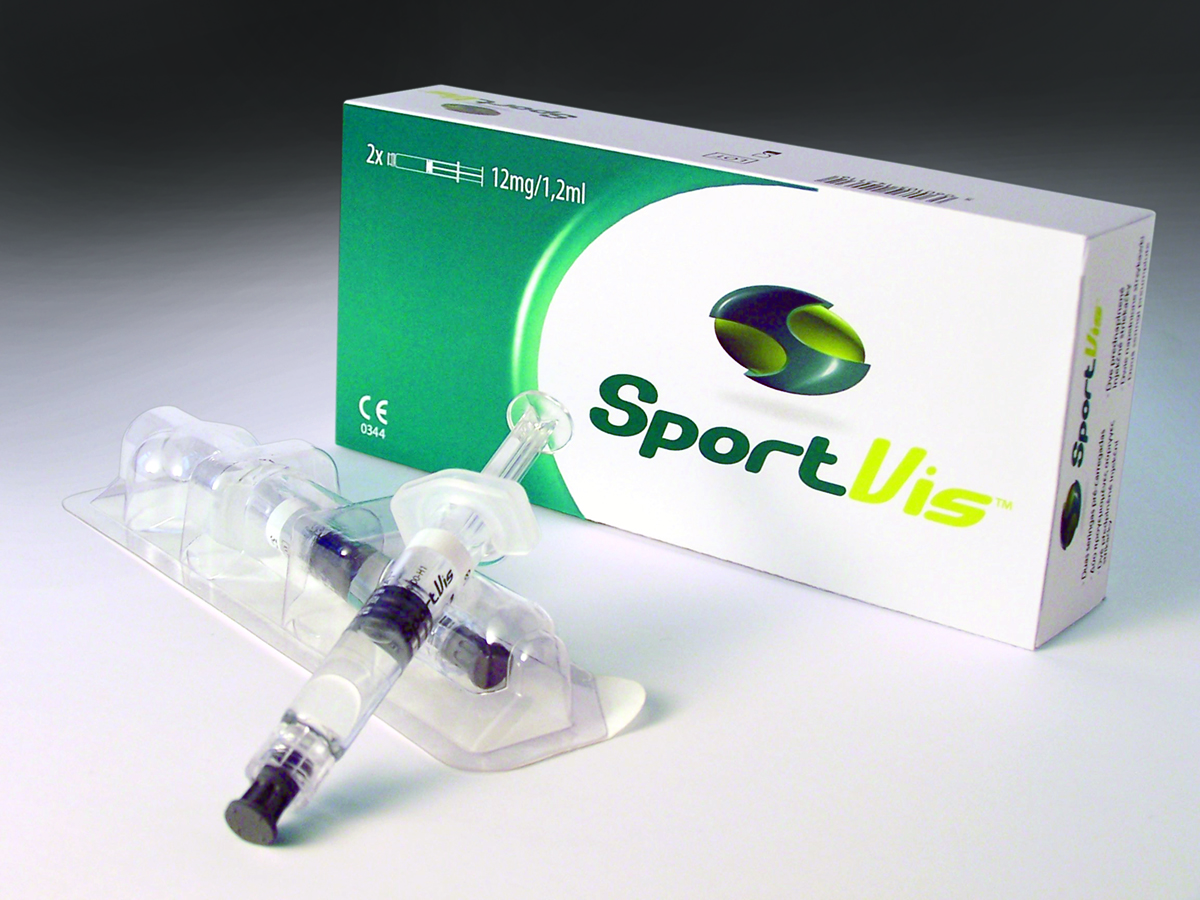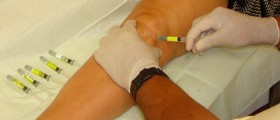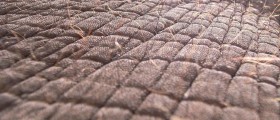
Hyaluronic Acid - General Info
Hyaluronic acid is an essential ingredient of many medical and anti-aging products. The acid is normally found in the human body in specific structures such as the vitreous humor of the eye, the synovia of the joints and in the subcutaneous tissue. Hyaluronic acid in the subcutaneous tissue is in a form of jelly-like structure and it fills the space between the collagen and elastin. It plays a significant role in transfer of all the important nutrients from the blood stream to the skin cells. It also participates in proper hydration of the skin (by holding water) and prevents mechanical and chemical damage by acting as lubricating agent. Hyaluronic acid possesses anti-inflammatory properties. As people age they lose significant amount of hyaluronic acid which eventually results in formation of wrinkles and the onset of joint pains. This is why many people try to make for hyaluronic acid by using products that contain the acid. The products are highly successful against wrinkles, reducing scars and reshaping of the skin.
Hyaluronic acid can, for example be effective against frown lines (the lines that run between the eyebrows), smoker's lines (the vertical lines of the mouth), Marionettes lines (the lines at the corner of the mouth), Worry lines (those across the forehead) and finally crow's lines (the lines at the corner of the eyes). The acid is also effective against deep smile lines that start from the side of the nose and spread down to the corners of the mouth.
What are Side Effects of Hyaluronic Acid?
It is essential to be familiar with all potential side effects of hyaluronic acid. They generally do not affect many people but still must be taken into consideration.
One of the possible side effects is a bluish discoloration of the skin or a flush at the treatment site that occurs after few doses. Furthermore, hyaluronic acid has caused coughing in certain amount of patients. Some people have complained about swallowing problems and some has felt dizziness and a feeling of fainting. Fever is one more side effect of hyaluronic acid. The pain at the injection site is another problem related to treatment with hyaluronic acid. Skin side effects include skin rashes, skin irritation, itching and swelling (of the eyelids, face or lips). In some cases hyaluronic acid can cause stuffy nose and breathing difficulties. There is also a chance of diarrhea, stomach ache, and loss of appetite accompanied by nausea. Local administration of hyaluronic acid may cause swelling of the knee. And finally, one may complain about headaches.
















Your thoughts on this
Loading...